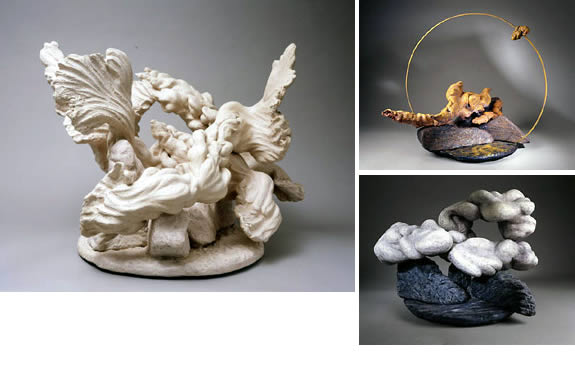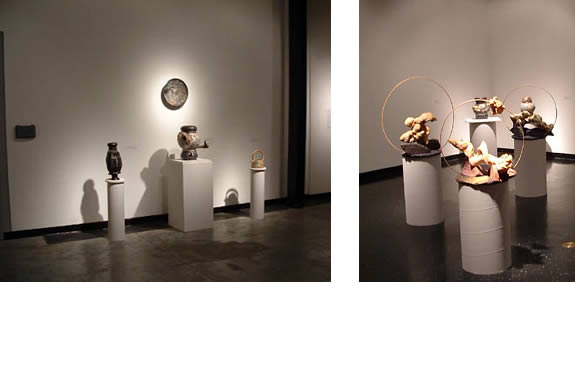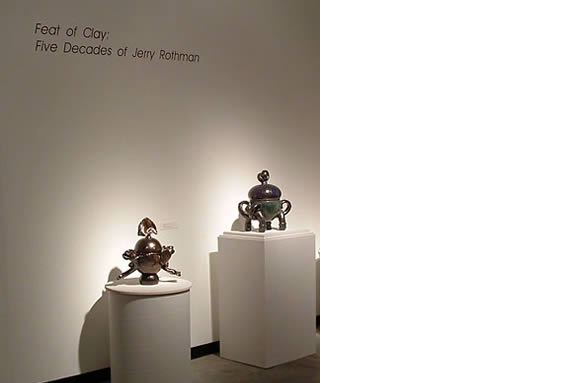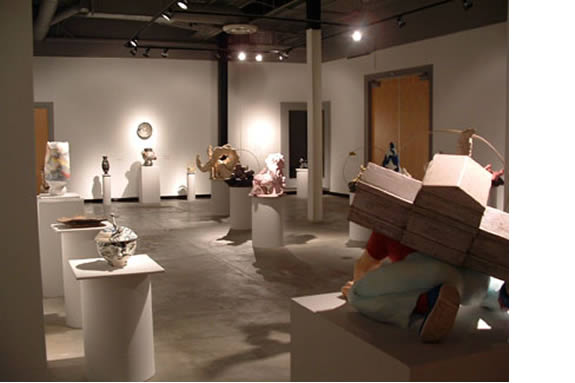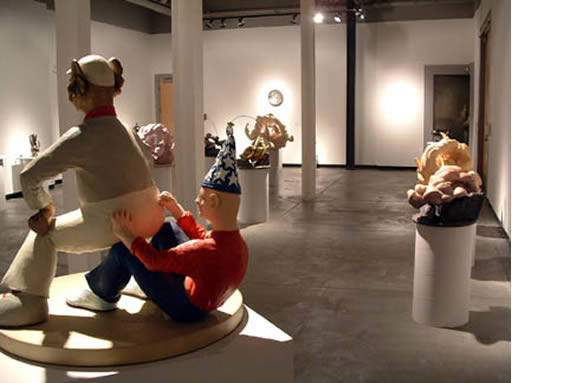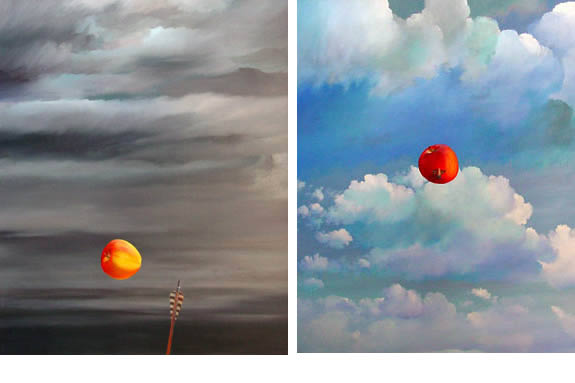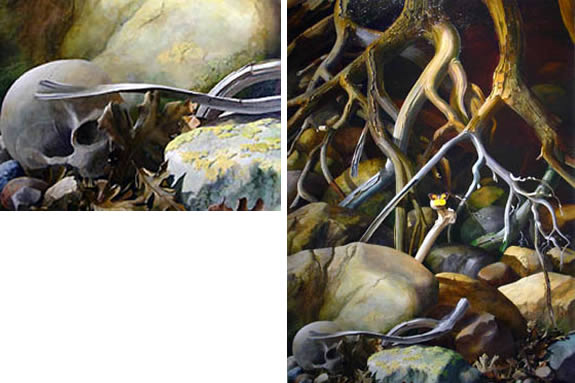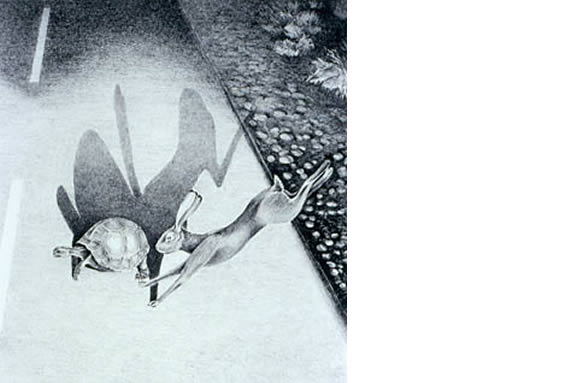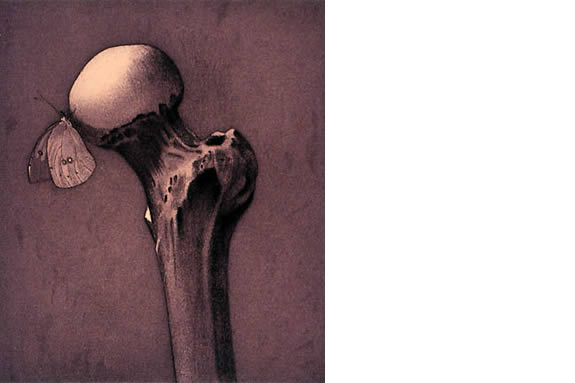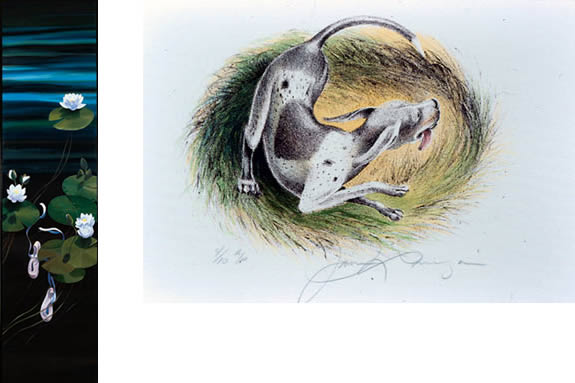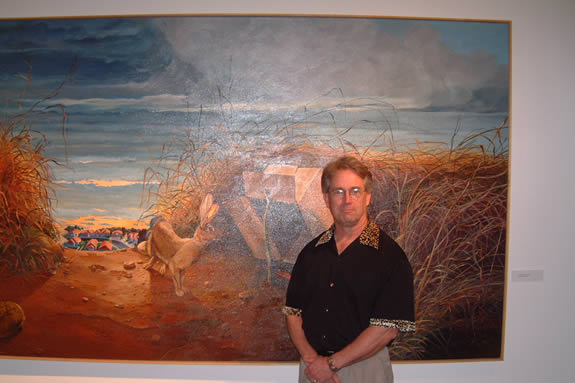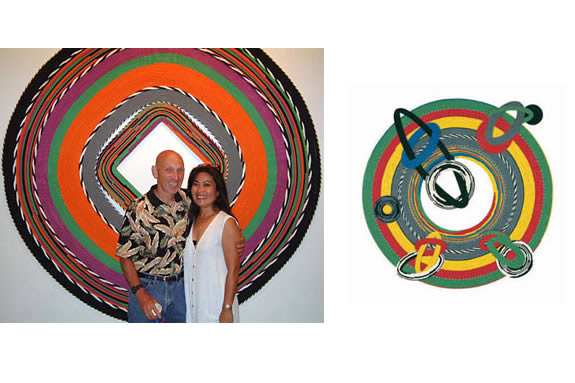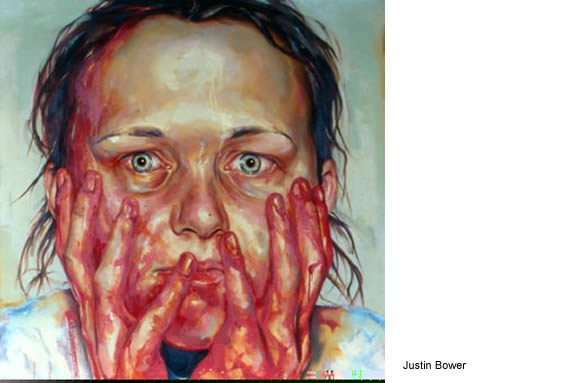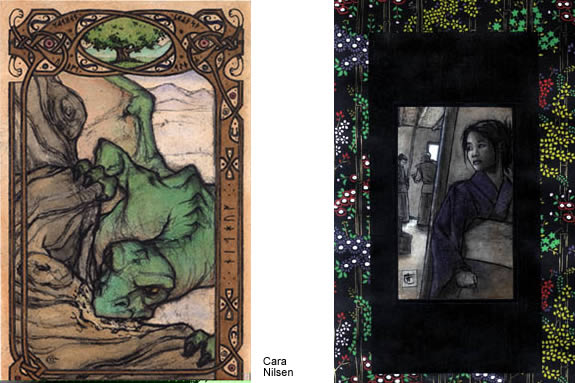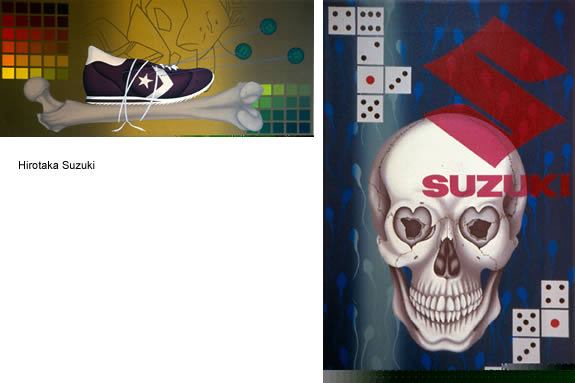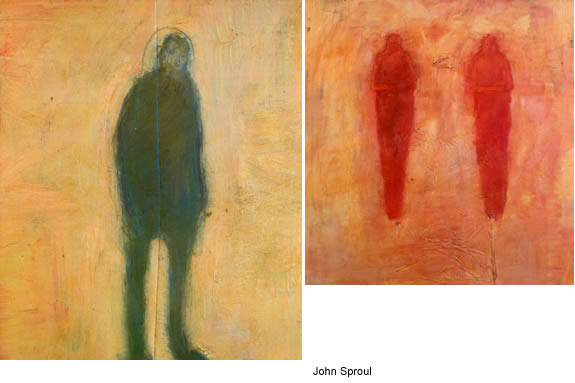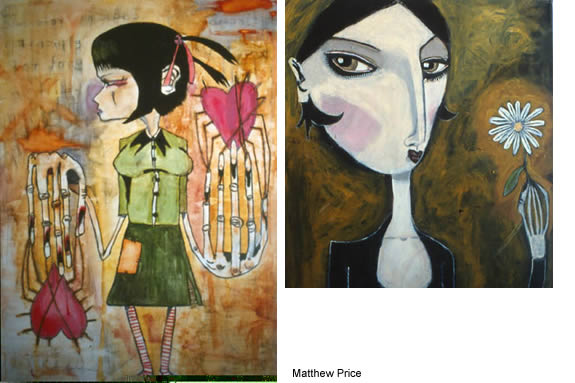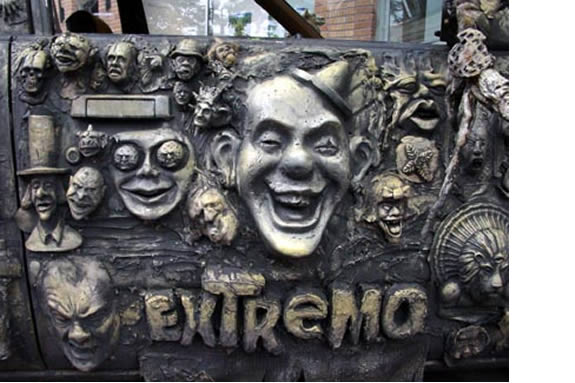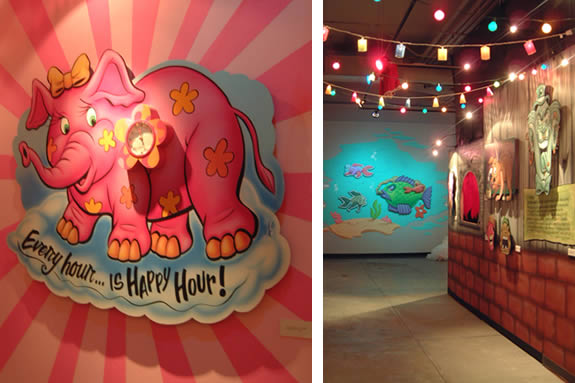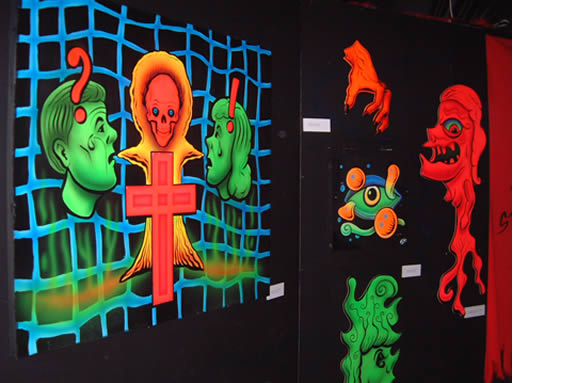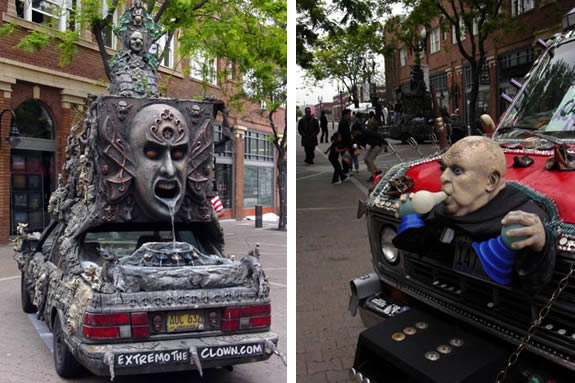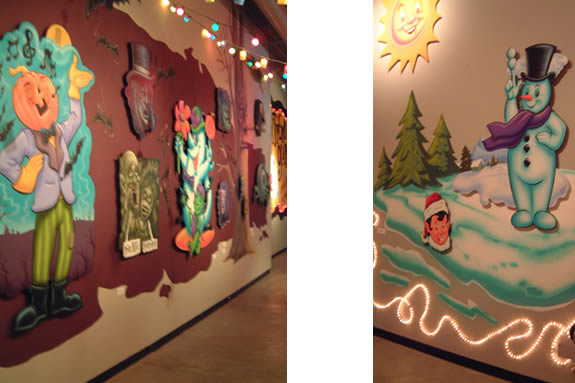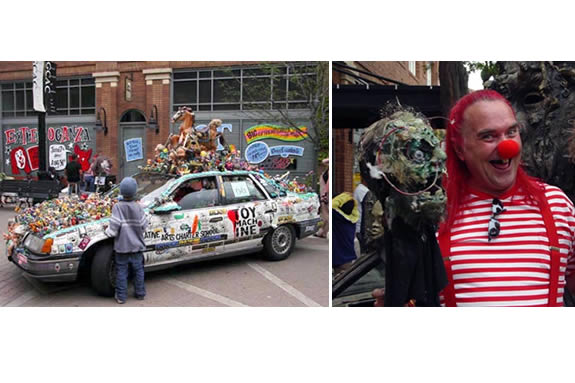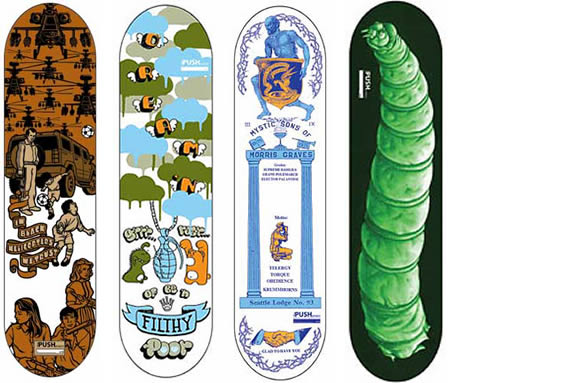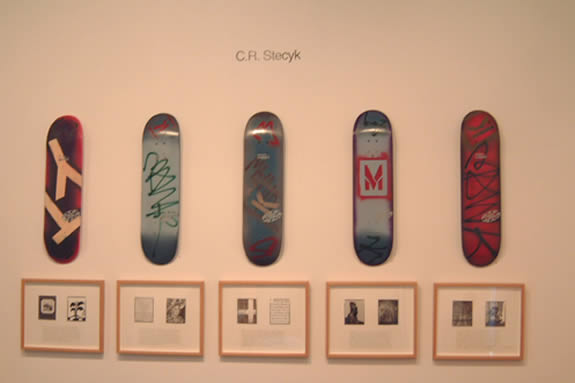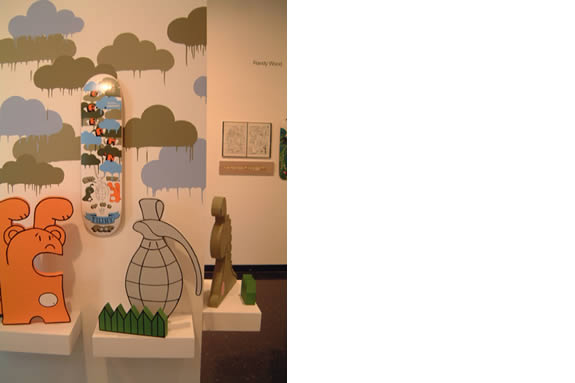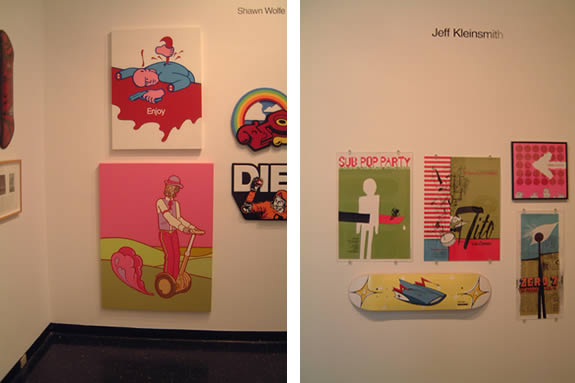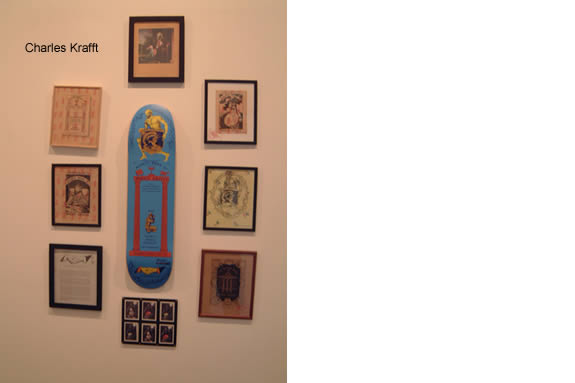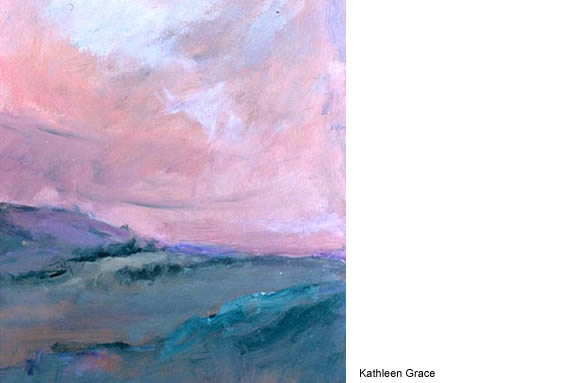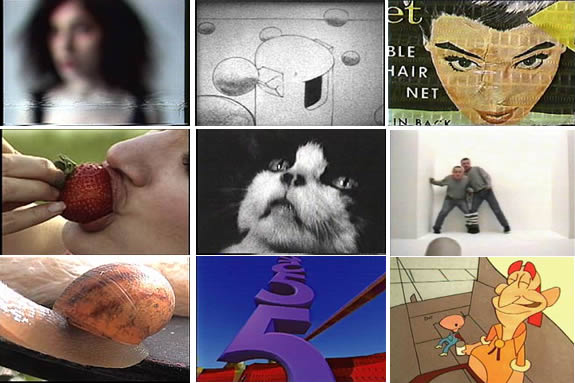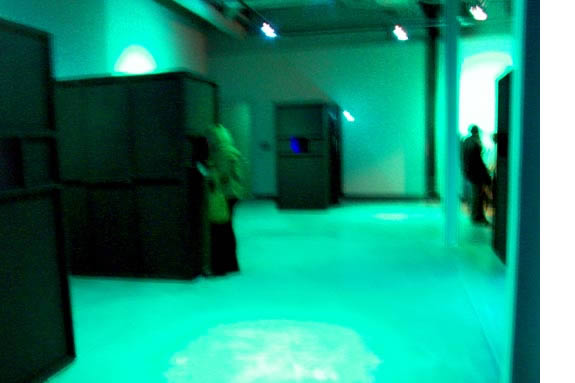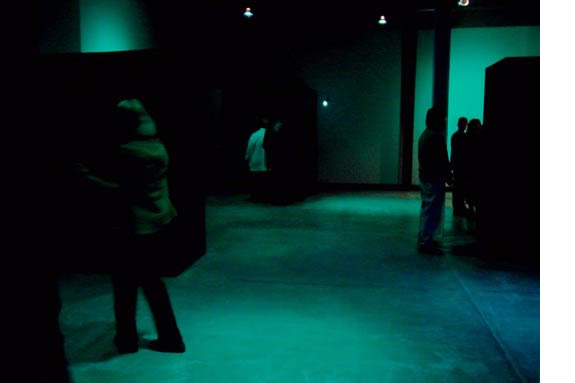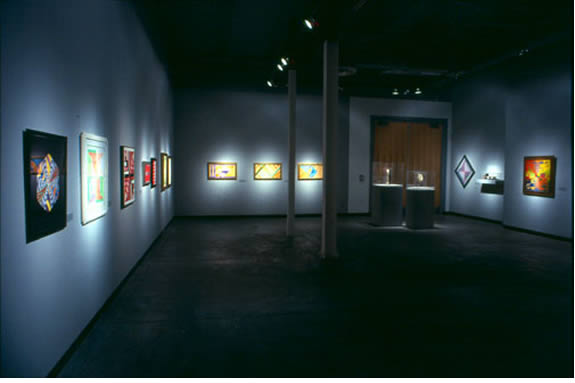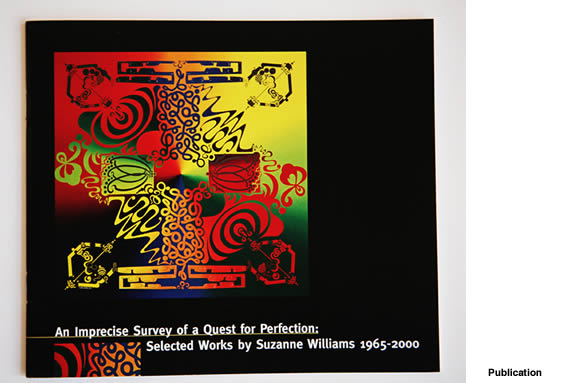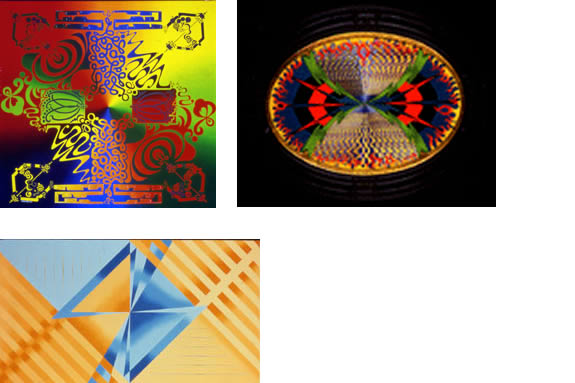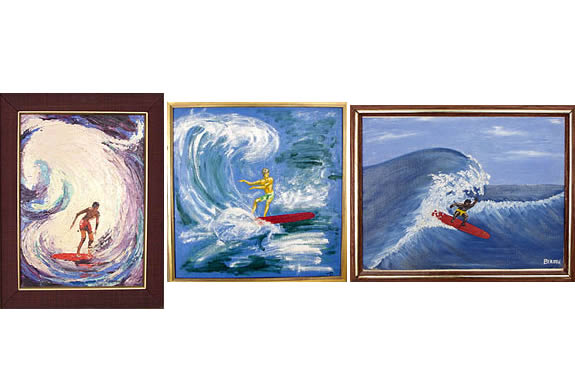2003
2018; 2017; 2016; 2015; 2014; 2013; 2012; 2011; 2010; 2009; 2008; 2007; 2006; 2005; 2004; 2003; 2002; 2001; 2000; 1999
Education Gallery
You Break It, You Bought It Again
Glass & Ceramic Show
December 6 – January 11, 2004
Featuring: Ceramic Artists: Jackie Ames (J. Ro), Randy Au, Richard Barrier, Chris Carter, Marta Crane, Desiree Engel, Susan Elizalde, Don Fitzgerald, Linda Gates, Laura Haight, Nancy Harlan, Russ Huff, Joy Hought, Marsha Judd, Tim Keenan, Michael Laird, Joann Libolt, Rose Misanchuk, Susie Munger, David Musser, Magdalene Mills, Michael Penilla, Stephanie Rose, Paul Rumball-Petre, Brian Sherman, Laura Sherman, Collette Siegman, Scott Stodder, Kathy Waggoner
Featuring Glass Artists: Sheila Brossman, Mindy Cherri, Lucy Chamberlain, Leslie Davis, Jennifer Epling, Kris Egerstrom ,Melissa Grossman, Manny Krakowski, Rose Goehner, Russ Huff, Charlie Keeling, Julie Lewis, Patty Lindsey, Adam Mostow, Meghan Myhra, Kaori Murata, Chetna Mehta, Christina Morgan, Lana Merhaut, Robin Provart-Kelly, Erik Poulson, Ryan Ross, Scott Schroeder, Fran Stephens, Sheila Siegel, Marla Sheehan, Aimee Sones, Etsuko Taylor, David Tate, and Rhys Williams.
• • • • • • • • • • • • • • • • • • • • • • • • • • • • • • • • • • •
Main Gallery
Feat of Clay: Jerry Rothman
Exhibition is in collaboration with the Laguna Art Museum
November 2 – February 29, 2004
This half of the exhibition is being presented by California State University Fullerton Grand Central Art Center in collaboration with Laguna Art Museum.
Feat of Clay: Five Decades of Jerry Rothman at Laguna Art Museum
November 2, 2003–February 29, 2004
Organized by Laguna Art Museum in collaboration with Grand Central Art Center. Major support was provided by the Laguna Beach Festival of Arts Foundation and the City of Laguna Beach.
There will be a reception open to the public on Saturday, November 1, at GCAC from 7:00 p.m. to 10:00 p.m. following the member’s reception at LAM. Shuttle service will be available to take visitors between venues.
• • • • • • • • • • • • • • • • • • • • • • • • • • • • • • • • • • •
Education Gallery
Works on Paper
Featuring: Kyung Son Cho, Janet Adams, Danica Ristow, Ellen Jantzen and Fay Colmar
October 18 – November 30, 2003
• • • • • • • • • • • • • • • • • • • • • • • • • • • • • • • • • • •
Main Gallery
James Lorigan
Modern Myths Ancient Fables
September 6 – October 26, 2003
James F. Lorigan’s art is seductive. The carefully orchestrated luminous color and rich brushstrokes of his paintings and the elegant sensuous lines of his prints are born out of his passionate reverence for the craft of art making.
As one engages Lorigan’s art, beyond the seduction, it quickly becomes obvious that the work is about fable, myth and morality tale. What is less obvious, but perhaps more significant, is that these paintings and prints are a documentation of his personal journey through life. They reference specific trials, tribulations, and memorable, albeit sometimes mundane, incidences in the artist’s life and his response to the world at large as he sees it unfold via life experience, conversations, television, radio, and newspapers. Lorigan takes it all in and combines, filters and organizes it into narratives that seem to make some sense out of it all while ultimately leaving the larger questions open ended.
The subject matter and theme fluctuate and evolve as he methodically wrestles with each new work. His discipline, conscientiousness, diligence and forthright approach give each painting and print a distinct integrity. It is a joy to mentally amble through each painting and discover the little visual and literary twists and turns he incorporates in each work.
James F. Lorigan graduated from Cal State University Fullerton in 1994 with his MFA in Painting and Printmaking. He also completed his MA in Printmaking in 1993. Since graduation Lorigan has participated in more than 80 exhibitions. Currently, James is a Master Printmaker and owns Watermark Printmaking Workshop in Santa Ana, CA. He produces fine art etchings and lithographs in limited editions with artist of merit. He is also the Chair of the Art Department at College of the Canyons in Santa Clarita, California, where he also teaches Drawing, Painting and Printmaking. CSUF Grand Central Art Center is honored to present the exhibition Modern Myths Ancient Fables featuring a survey of James F. Lorigan’s paintings.
Essay by Meg Linton
“The tale is not beautiful if nothing is added. Folktales remain merely dumb until you realize you are required to complete them yourself, to fill in your own particulars.” -Italo Calvino
The paintings made by James Lorigan are thresholds into a storybook-world filled with allegories about patience, temptation, defeat, folly, greed, sacrifice and all the epic struggles of being human. They are doorways or rabbit holes to be entered or fallen into by a brave sojourner who wants to explore, associate and indulge the imagination beyond the admiration of the artist’s adept rendering of an apple, twig or butterfly. His composition and perspective usually implicate the viewer into the setting and invite interpretation. Lorigan creates entire stories in a single frame, and as a book is useless without a reader, his paintings are not complete without a viewer.
Lorigan either generates a theme first and a central image follows, or vice versa. He then goes straight to the canvas, which is unusual for an artist who works with such detail. He tries to maintain a balance between intuition and mapping. For Aphrodite’s Slippers, he knew he wanted to paint about an athlete’s sacrifice of adolescence and innocence. Over a period of time, he searched to find the right sport and waited for the image and story to reveal themselves. He decided on ballet, because it is fiercely competitive and an art form in which young girls commit at an early age to have their childhood years filled with extreme discipline and, hopefully, a little success. Also, the career of a ballerina is short-lived. The young athlete doesn’t always know what she is giving up in exchange for being the best. The temptation to do whatever it takes can lead athletes down a path of reward or self-destruction, or both. Aphrodite’s Slipper is the result of Lorigan’s pondering a young athlete’s choice, ambition and sacrifice.
The pink slippers quietly float in a pool of water spotted with lotus-like flowers called Hearty Lilies. It appears easy enough to pluck the slippers from the pond, but the champion has to enter the murky water and face the unknown challenges a fresh water nymph might impose. Lorigan, an avid reader and an enthusiast of Greco-Roman mythology, refers to the story of Aphrodite and her lost slippers. Aphrodite is the goddess of beauty and love, but she doesn’t share her love equally, she wields it. Hermes, a mere messenger to the gods and a patron of athletes, was hot on her tail and getting no response. He went to Zeus and asked for help in winning a night with the goddess. Zeus gave Hermes Aphrodite’s slippers. She wanted them back. Hermes made her a deal, which she accepted, and it resulted in a son named Hermaphroditus. He was stunning and handsome and one day, as young man, he went for a drink of water in a Naiad’s pond, where the water nymph Salmacis fell in love with him at first sight. Through a plea to the gods, Salmacis asked that they never be parted, and both sexes were joined into one, creating the first hermaphrodite. She left her pool filled with blooming lotus flowers. There are many versions of this story, but when you ask Lorigan about the painting, this is the version he shares.
Continuing the mythic references, Orpheus Plays, (shown here with a detail) is a dark and hopeful painting. A grayish skull surrounded by rocks and long roots from an unrealized tree claims the foreground of the painting. In the center is a human bone with a single butterfly resting on top, reminding us that death and birth are simultaneous and inevitable. Lorigan has used classic images of the cycle of life in this work, but connecting the painting to the story of Orpheus expands its meaning. Orpheus was deeply in love with Eurydice, and one fine summer’s day she was bitten by a snake and died. Hermes carried her to Hades. Orpheus had a gift of playing the lyre so beautifully that he could make rocks and trees move. His sorrow melded with his music and touched Hades, who in turn allowed Orpheus to enter the underworld and retrieve his beloved. There was one condition: Orpheus was not to look back at Eurydice as he led her to the surface. Orpheus doubted, and failed. He lost his love twice and never recovered. As an artist, a romantic, and someone whose spouse suffers from a degenerative long-term illness, the idea of making your art so well that it can bring someone back from the dead is tempting for Lorigan; in more realistic terms, to be able to change a person’s point of view through one’s art is empowering.
Lorigan also plays off the fable of the tortoise and the hare. There are three basic variations of the story. Aesop’s fable about pride, distraction and determination; Uncle Remus’s version about wits, trickery and prejudice; and Bugs Bunny’s version, in which the tortoise uses technology to beat the rabbit (he straps rockets to the back of his shell). The two animals together and individually appear in the paintings and etchings and both are low on the food chain, nonaggressive and vulnerable. The turtle is a creature with only one substantial defense mechanism, his hard shell. In folklore he is a slow, clever, unyielding character with infinite determination and patience. The rabbit has two major defensive skills, speed and hearing, and is often portrayed as boastful, easily distracted, and impulsive. Lorigan uses the hare as a stand-in for man in several of his paintings and places the viewer at eye level with the rabbit.
In a recent painting, Hide Inside, Lorigan huddles two timid rabbits in a bramble shelter with a cluster of rocks in the foreground and a yellow ribbon streaming from a lone twig. When he began this painting earlier in the year, the U.S. was gearing up for war. The painting grew into a contemplation of homeland security and paranoia. With the tragedy of 9/11, the threat of biological terrorism, and the existence of 5,000-pound bombs and nuclear weapons, what structure could possibly protect us? A wolf could huff and puff and blown down the stick bunker and get the rabbits; and as a Vietnam era veteran, Lorigan knows it’s not the yellow ribbon that brings a soldier home. The rabbits are both the victims and the perpetuators of the increasing paranoia. The image touches the fear and vulnerability we are all experiencing in this unpredictable time.
Painting is a compulsion but also an unpredictable venture for Lorigan. When he starts a painting, he doesn’t know where it will end or exactly what it is going to mean. He is often surprised by his images at the end of the process and finds he has made connections far beyond his immediate experience. His childhood- (growing up in rural Michigan in an Irish Roman Catholic family), his professional art training, and his innate curiosity have prepared him to be a careful observer of the natural world and have fostered an intuitive sense of how to put a large story on a single canvas. Lorigan presents his paintings and etchings knowing the stories are never complete until the viewer steps in and makes the tale his/her own. Now, it’s your turn.
Meg Linton is Director of Exhibitions at the Ben Maltz Gallery, Otis College of Art and Design.
• • • • • • • • • • • • • • • • • • • • • • • • • • • • • • • • • • •
Project Room Gallery
Jay S. Willis
Convergence
September 6 – October 26, 2003
Artist Statement, Jay S. Willis
Beginning in late 1992, I started fabricating a series of painted rope wall constructions that I often referred to as wreaths or objects activating sculptural space. The wreath icon/archetype allows me to focus upon a broad range of cultural association and interpretations. The wreath reference expanded to include mazes, labyrinths, and mandalas: objects often viewed as tools used during mediation in order to center one’s self, and achieve inner peace. These tools/images appear through out history, as early as 2000 B.C., played a significant role in the cultural life of a board range of civilizations such as Egyptian, Cretan, French, English and Southwest Indian sand paintings. It is this cross-cultural reference, and the different roles it plays within these varied life styles that initially attracted me. Whether it is a child’s puzzle, part of an English dance ritual, or a religious pilgrimage, they all appear to share common structural qualities and essence.
In 1994, I took the painted rope objects off the wall and began fabricating large scale painted steel structures. However in 1998, I again found my interest return to the wall. The works still retained a circular or ring format, but other concerns were beginning to emerge. I began to recognize that rules of the physical, intellectual, and secular world were simultaneously parts of my fabrication process. Today’s artist/designer, the product of an industrial education, often uses an imaginary internalized industrial grid to map out pictorial space and explore the dynamic vectors of vision within the abstract context. The rectangle is often associated with the concept of representing a window to the world; providing a frame for the mirroring of vision in the world, resulting with the rationalization of designing around the laws of color theory and psychological optics.
The circle or ring is not generally associated with western European design sensibilities and the associated traditional challenge of developing a strategy addressing the dynamics of the rectangle. The circular format provides the artist a totally unique set of limitations and challenges. The primary challenge is to provide an alternative to the tendency or immediate urge to be visually drawn to the center and away from the outer circumference/edge. The hole and not the whole becomes the issue. I began to recognize that the focal point issue is virtually eliminated by thinking of the format as a ring…the vortex quality is transformed into a sense of revolution. The icon or the whole establishes a state of revolvement, and the images/concepts associated with the wheel of fortune, and the associated carnival barkers cry…”around and around it goes and where it stops nobody knows.” My interest expanded from issues or investigations of cultural spiritualism…man’s search of purpose, and expanded to include issues relative to man’s search for ways to foretell his destiny or future.
In 2000, I began addressing the interior space of the ring. For years I had been fascinated by images of the Japanese Zen gardens, but I felt uncomfortable just adapting or using them without feeling a clear sense or appreciation of their essence. I began visiting gardens, walking their paths, and discovered the unique qualities they hold. Labyrinths often placed in the floors of churches provided the parishioners with a means to fulfill a pilgrimage. I began to see the Zen garden icon as possessing similar qualities as the labyrinth and would suggest that the labyrinth floor sculpture are analogous to Japanese Zen wall icons.
• • • • • • • • • • • • • • • • • • • • • • • • • • • • • • • • • • •
Education Gallery
Three
Featuring paintings by Justin Bower, Cara Nilsen and Hirotaka Suzuki
September 6 – September 28, 2003
Featurning jewelry Artist: Corliss Rose
• • • • • • • • • • • • • • • • • • • • • • • • • • • • • • • • • • •
Education Gallery
Chi
Featuring paintings by Marta Whistler, Matthew Price and John Sproul
July 19 – August 31, 2003
Featuring Jewelry Artist: Stephanie Rose
• • • • • • • • • • • • • • • • • • • • • • • • • • • • • • • • • • •
Main Gallery
Extremoganza
June 7 – August 30, 2003
LIVE MUSIC! ARTCARS! CRAZY PEOPLE! CRAZY ART!
• • • • • • • • • • • • • • • • • • • • • • • • • • • • • • • • • • •
Project Room Gallery
The Push Project
Skateboard Culture Exhibition
June 7 – August 30, 2003
The PUSH PROJECT is an exhibition exploring the aesthetics of skateboarding culture within the context of contemporary art. Organized by veteran curator Larry Reid and artist Nin Truong, the show features the work of eight internationally recognized artists working in a variety of disciplines. This exhibition provides a lively examination of a movement that has become a permanent part of our cultural landscape.
• • • • • • • • • • • • • • • • • • • • • • • • • • • • • • • • • • •
Education Gallery
Surroundings
Featuring Artists: Joan Corman, Deanna Glad and Kathleen Grace
May 31 – July 13, 2003
• • • • • • • • • • • • • • • • • • • • • • • • • • • • • • • • • • •
Project Room Gallery
Orange Coast College Student Art Exhibition
May 3 – May 25, 2003
TBD
• • • • • • • • • • • • • • • • • • • • • • • • • • • • • • • • • •
Main Gallery
6 Booths in 7 Weeks
April 5 – May 25, 2003
An ambitious project that features a new themed slate of short films each week, Six Booths in Seven Weeks spans the gamut of the video medium, presenting short experimental, documentary, animated, and narrative based works as well as advertisements and found footage. The heterogeneity of the exhibition illustrates video’s impure, “promiscuous” origins. Significantly, several of the pieces address temporality, a quality that distinguishes video art and film from the other visual arts. By lengthening or looping time and by manipulating the conventions of storytelling, these pieces re-configure perception.
Thematic unity for the exhibit is achieved by the black box constructions in which the videos are screened. These constructions create darkened, intimate environments, which evoke the space of the confession, the home, and the voyeur. The single person booths privilege viewing as a private experience, emphasizing that spectators primarily watch video (television being the usual format), unlike film, individually or in intimate groups. Each video and spectator, thus, appears to be sealed off from the rest. However, outside of the booth/home, the videos act in conjunction to create a cacophony of sound and flickering images, emulating in their collage-like simultaneity the postmodern habit of channel surfing, the barrage of media information the average person negotiates daily, and the ever present humming of a collective–albeit, physically separated–audience for the endless stream of video produced by our culture.
As is fitting for Southern California, an advertising and consumerism mecca, one of the weeks is devoted to television ads. By explicitly crossing into the popular domain for this week, Six Booths in Seven Weeks blurs the boundary between video as art and video as disseminator of mass media message, thereby making the assertion that creative or innovative works can erupt through the cracks of the advertising industry. The inclusion of advertisements also gestures towards video art’s continual association with its more popular sibling and art’s struggle to critique the ways in which television mediates between the individual and society.
• • • • • • • • • • • • • • • • • • • • • • • • • • • • • • • • • • •
Education Gallery
Glass Showcase
April 5 – May 18, 2003
• • • • • • • • • • • • • • • • • • • • • • • • • • • • • • • • • • •
Education Gallery
Ceramics Showcase
March 1 – March 30, 2003
Featured Jewelry Artist: Barbara Fisher
• • • • • • • • • • • • • • • • • • • • • • • • • • • • • • • • • • •
Main Gallery
An Imprecise Survey of a Quest for Perfection
Selected Works by Suzanne Williams (1965-2000)
February 1 – March 30, 2003
• • • • • • • • • • • • • • • • • • • • • • • • • • • • • • • • • • •
Project Room Gallery
Found Surf Art
February 1 – March 30, 2003
• • • • • • • • • • • • • • • • • • • • • • • • • • • • • • • • • • •
